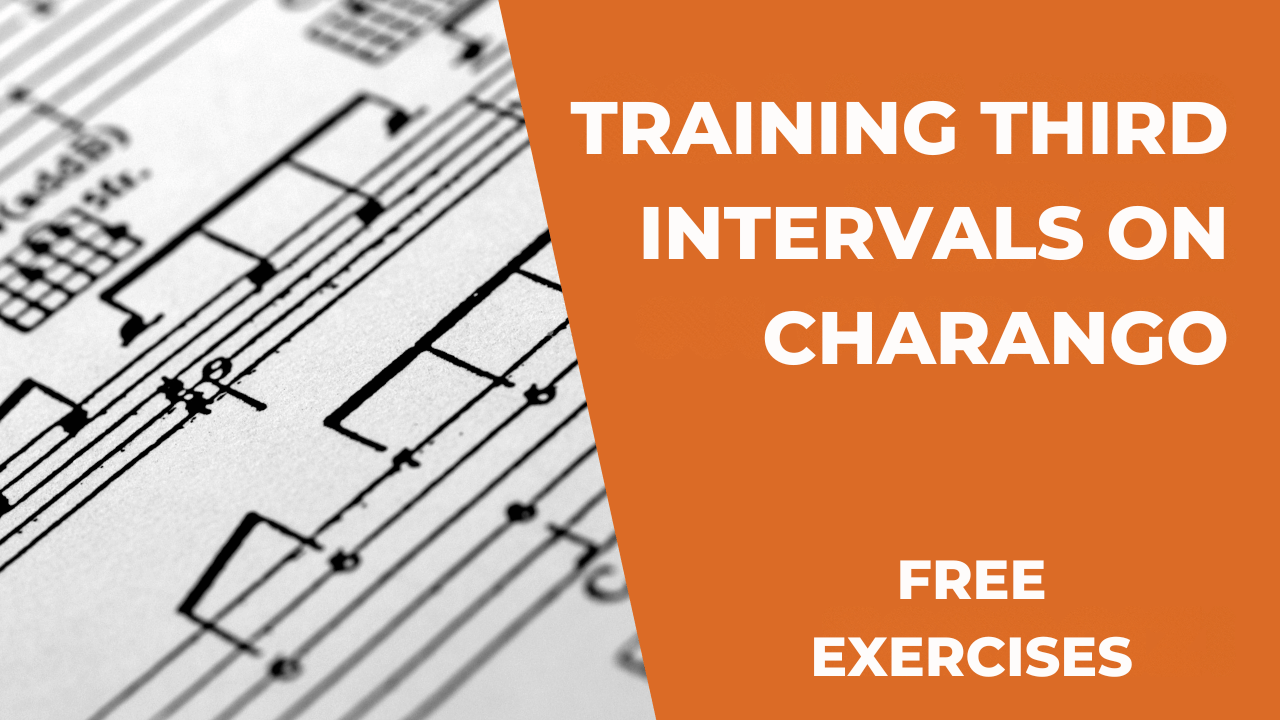The tuning of the charango allows for some very interesting and expressive melodic devices. In traditional Andean music, for example, there is an intense use of melodies harmonized in thirds. The melody is often reinforced or even entirely played by dyads at a third interval. Depending on the chords over which the melody moves, this interval can vary.
This feature is interesting because it helps to build the particularly intense and choral sound of many traditional pieces. Some Bolivian musicians, especially in the Cochabamba area, play melodies almost exclusively through harmonized scales in thirds. In Peruvian music, however, third intervals are present but often played as alternating trills.
Learning to play scales harmonized in thirds is fundamental to mastering the charango. For this reason, here is a short exercise that will show you the main positions of the A minor scale harmonized in thirds.
The secret to correctly playing these scales is understanding the relationship between the pairs of strings on the charango: particularly between the first and fourth (high E and C), which are a perfect third apart. The movement of these scales is almost entirely based on these two strings. Depending on the scale being played, it will sometimes be necessary to use the third and fifth strings, especially for scales built on the lower notes of the charango, from E to G.
Download the exercise
[wpdm_package id=’642′]
How to use the exercise
The proposed exercise should be practiced with a metronome at a comfortable pace. Its purpose is to familiarize you with the scale positions until they become automatic. Pluck the strings with the index finger on the first string and the thumb on the fourth. The succession of measures allows the musician to play continuously in an ascending and descending scale.
The exercise is divided into two parts: the first is based on the natural minor scale, while the second is based on the harmonic minor. Both are very relevant in charango music and should be studied carefully. Each line presents, above the dyads, the Roman numeral notation for the scale degrees to help you understand their role in the harmonic structure. The use of the harmonic minor scale, which employs the raised seventh degree (the so-called leading tone), is essential for constructing the E7 chord, a fundamental position recurring in all traditional pieces.
In both parts of the exercise, the first line allows you to study the scale over an octave range. Note that the last dyad in the first line is different from all the others: it uses the fifth string and represents the seventh degree of the scale. Study this movement carefully. The second line extends the scale further to the 12th fret to start familiarizing with the inversions and positions on the higher part of the fingerboard.
Happy practicing!
